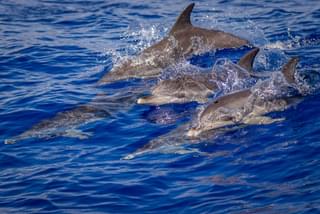Fin whale
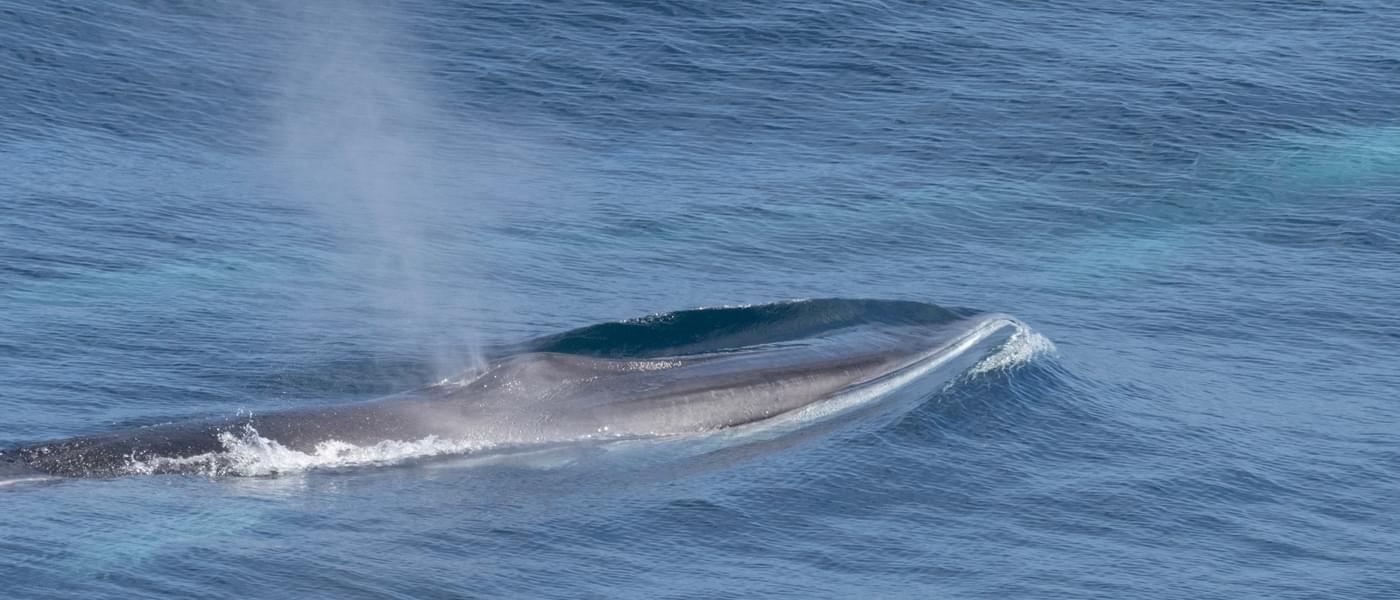
Balaenoptera physalus
19 - 27m
Grey
Baleen
Dorsal fin
The fin whale is the second largest animal on the planet, reaching 27m in length. They have a long grey body with a white underbelly and pale grey chevrons on their flanks and back, behind the blow hole. They have a pointed head with a single median ridge on the rostrum. Fin whales have asymmetrical colouration on their lower jaw; dark grey on the left side and white on the right side. This is an adaptation that helps their feeding strategy. Fin whales are often confused with sei whales as they look very similar to one another. However, fin whales are longer in length and have a smaller fin which is situated further back on their body. Fin whales have a very tall blow which, on a clear day, can be seen all the way on the horizon.
Key features
- Large ~8m tall, straight blow
- Swept-back dorsal fin
- Lower right jaw is bright white. Left jaw is dark grey
- Blow and dorsal fin not visible at the same time
Behaviour
Fin whales are typically seen on their own or in groups of up to seven individuals, but they can congregate in larger groups in feeding grounds. They are one of the fastest rorqual whales swimming up to 37km per hour. Fin whales can be mistaken for blue whales at a distance due to the size and shape of their blow. However, they can be distinguished by their dive technique as fin whales do not raise their tail fluke when diving; they are also grey rather than blue in colour.
Threats
Over one million fin whales were killed by commercial whalers between 1935 and 1965, and today only 10% of the original population is left. As well as whaling, ship strike is a major threat to fin whales. Other threats which impact all cetaceans are pollution, reduction of prey by overfishing and bycatch.
Distribution
Fin whales have a global distribution; they stay in subtropical and temperate waters during the summer and tend to move to more tropical areas in the winter. They can be seen in the Bay of Biscay, particularly in the late summer, with peak sightings in August. They are pelagic species but are known to go into shallower waters, as low as 30m in depth.
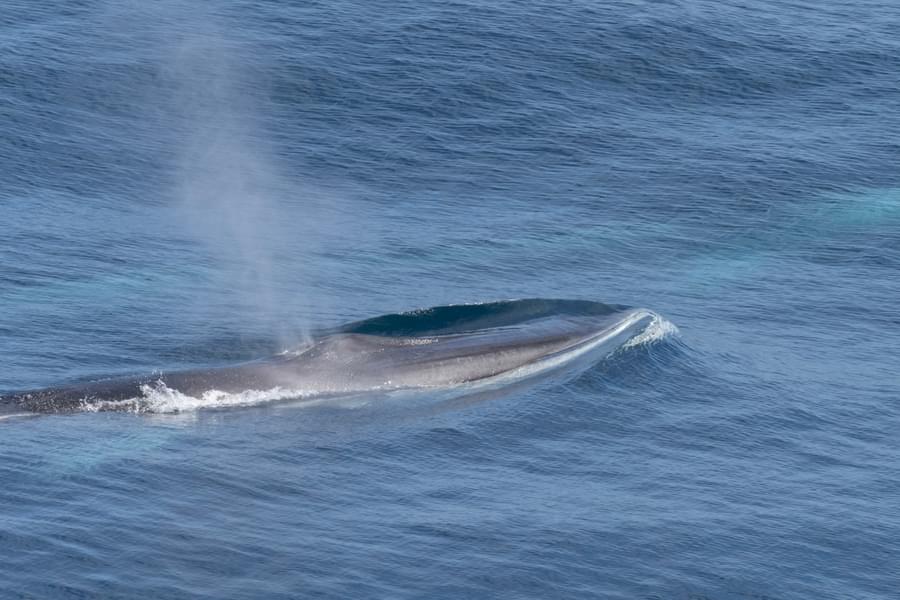
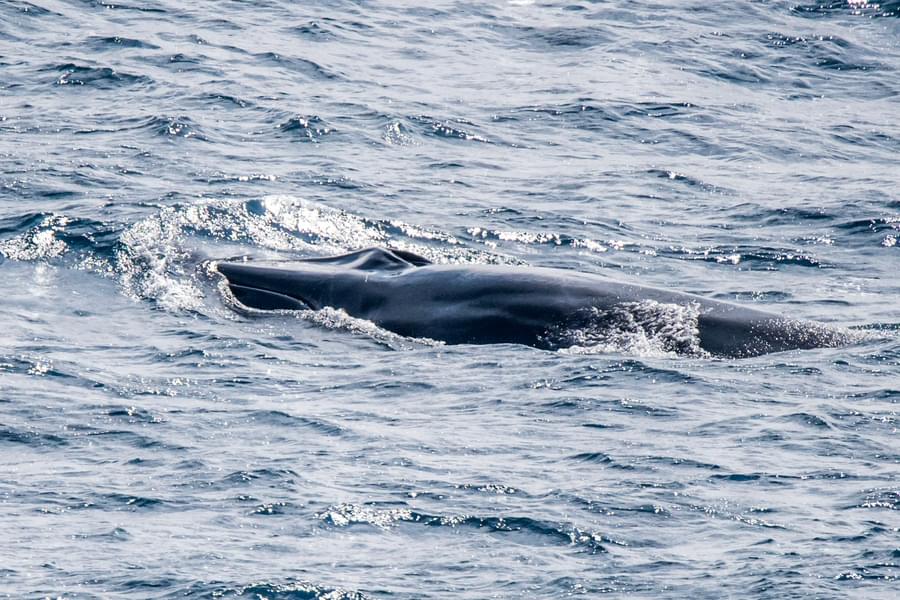
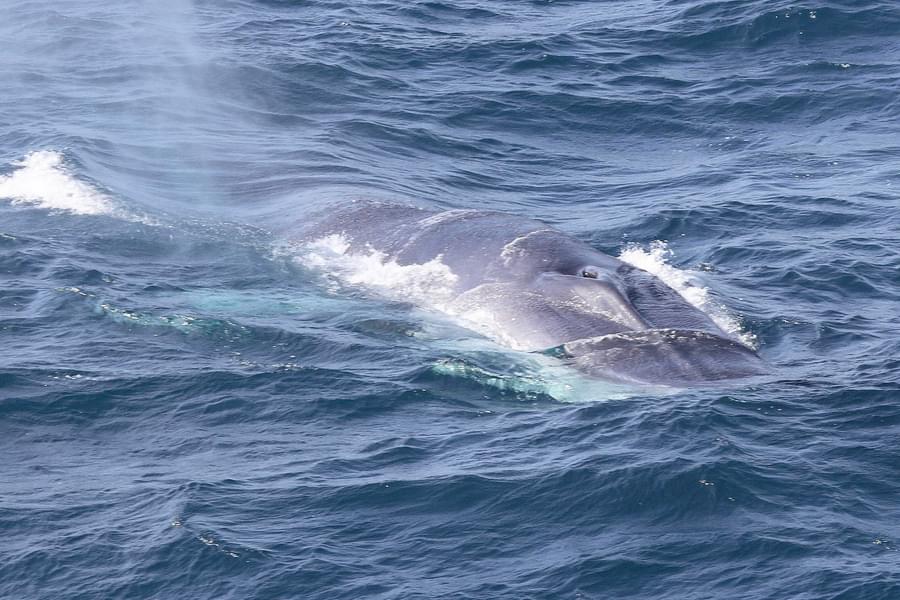
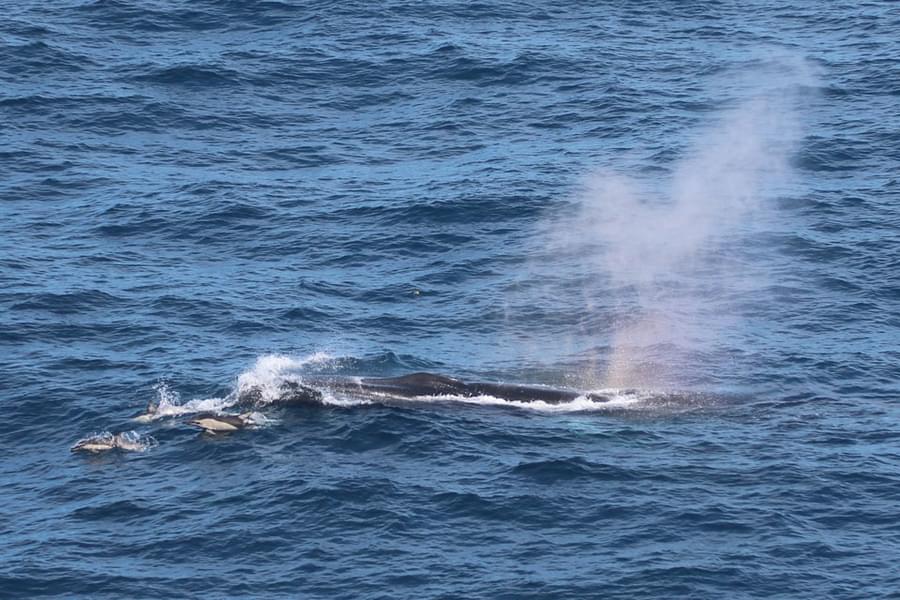
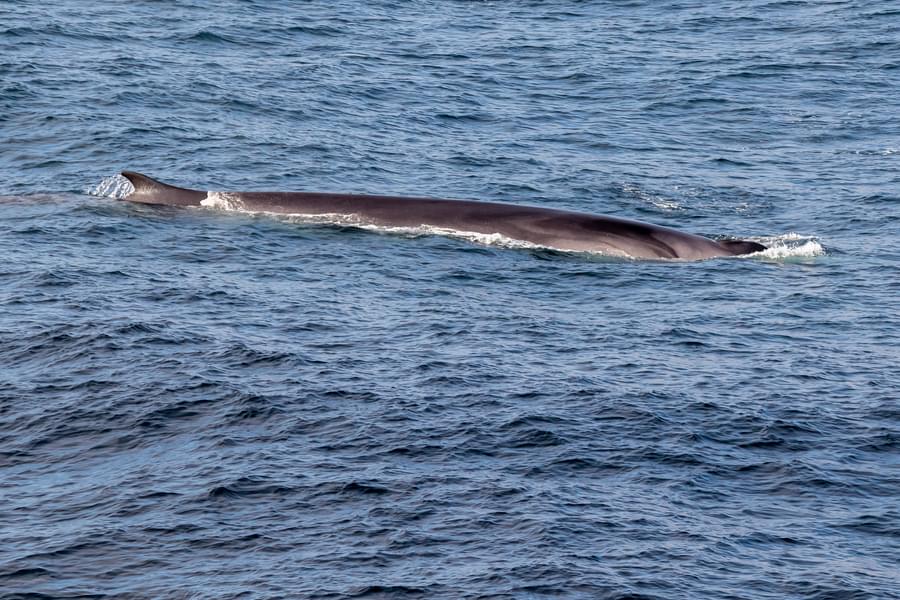
.jpg?w=900&h=600&q=85&auto=format&fit=crop&dm=1683137516&s=b6a34146c95532f9daa8c9604593e949)

.jpg?w=900&h=600&q=85&auto=format&fit=crop&dm=1685951507&s=0267375b247640e018131d45f2d395de)
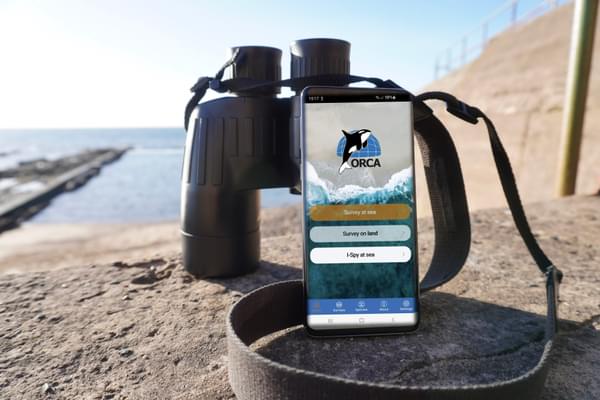
Study whales and dolphins as an ORCA OceanWatcher
The ORCA OceanWatchers online training course, along with a bespoke app, will enable everyone to collect data about whales, dolphins and porpoises. And it can be collected from anywhere that you can see the sea - whether that’s from your local beach, on holiday at the coast, scanning the seas from a cruise ship, travelling via ferry, or from your own boat.
You may also be interested in


